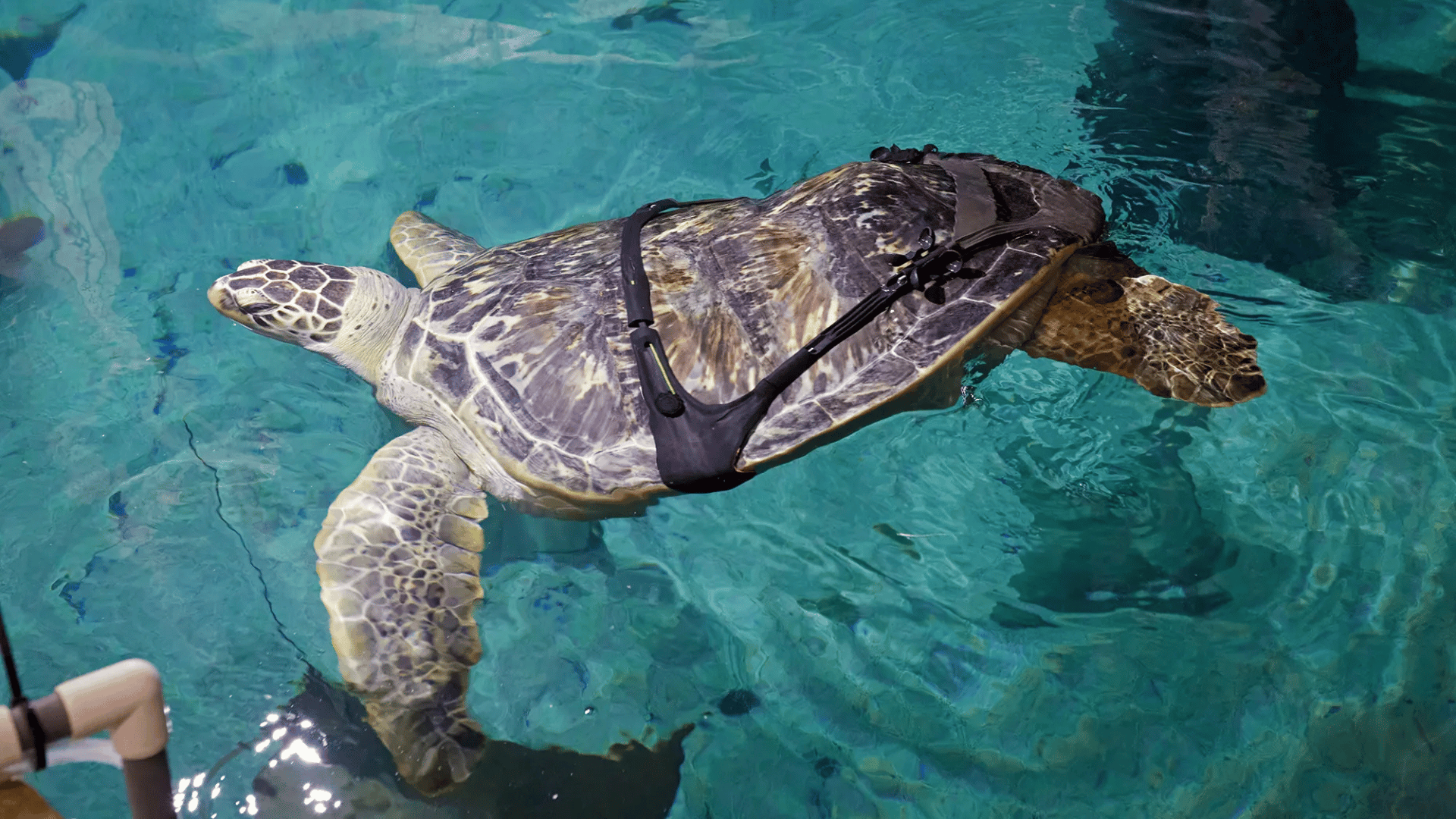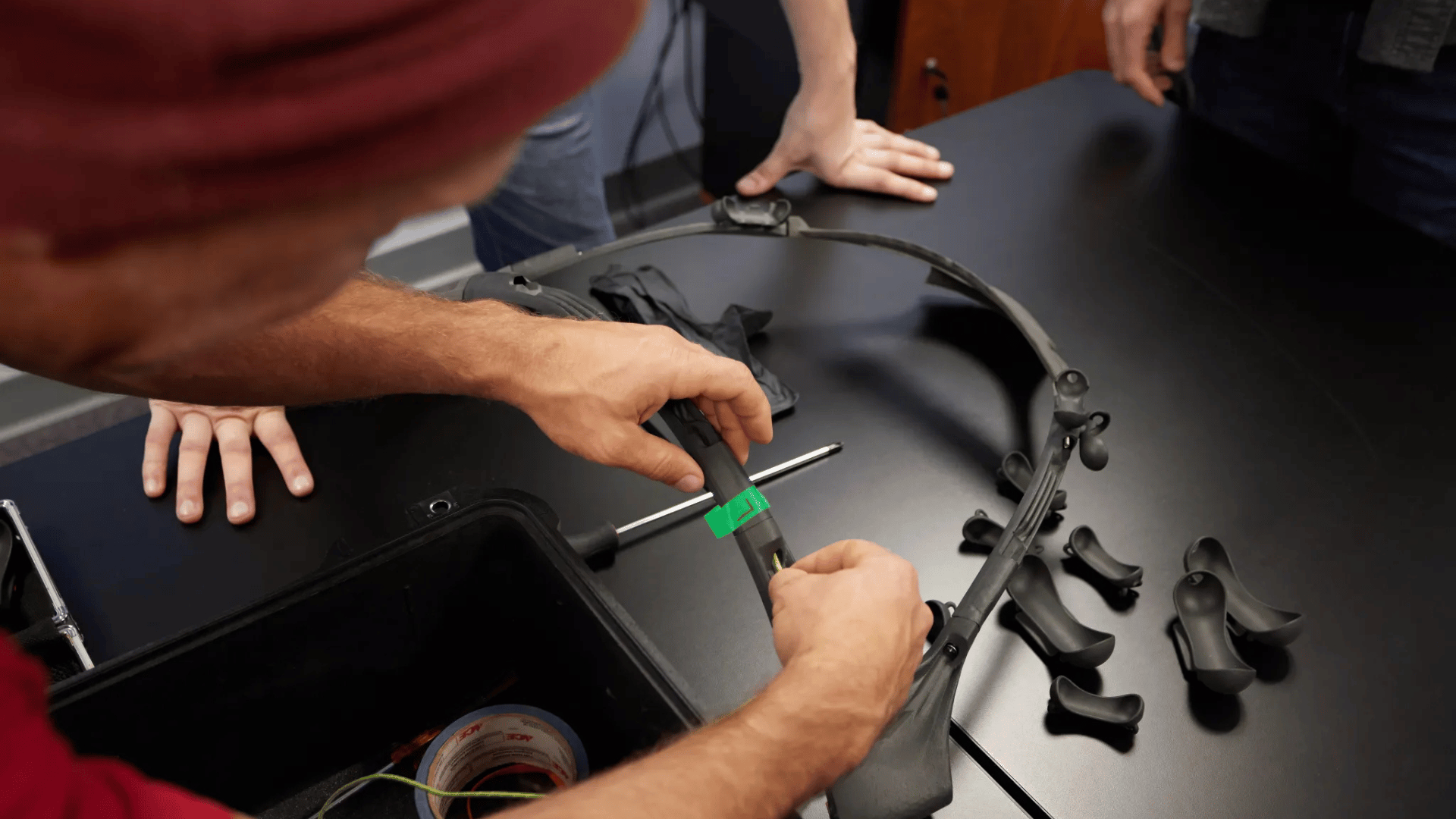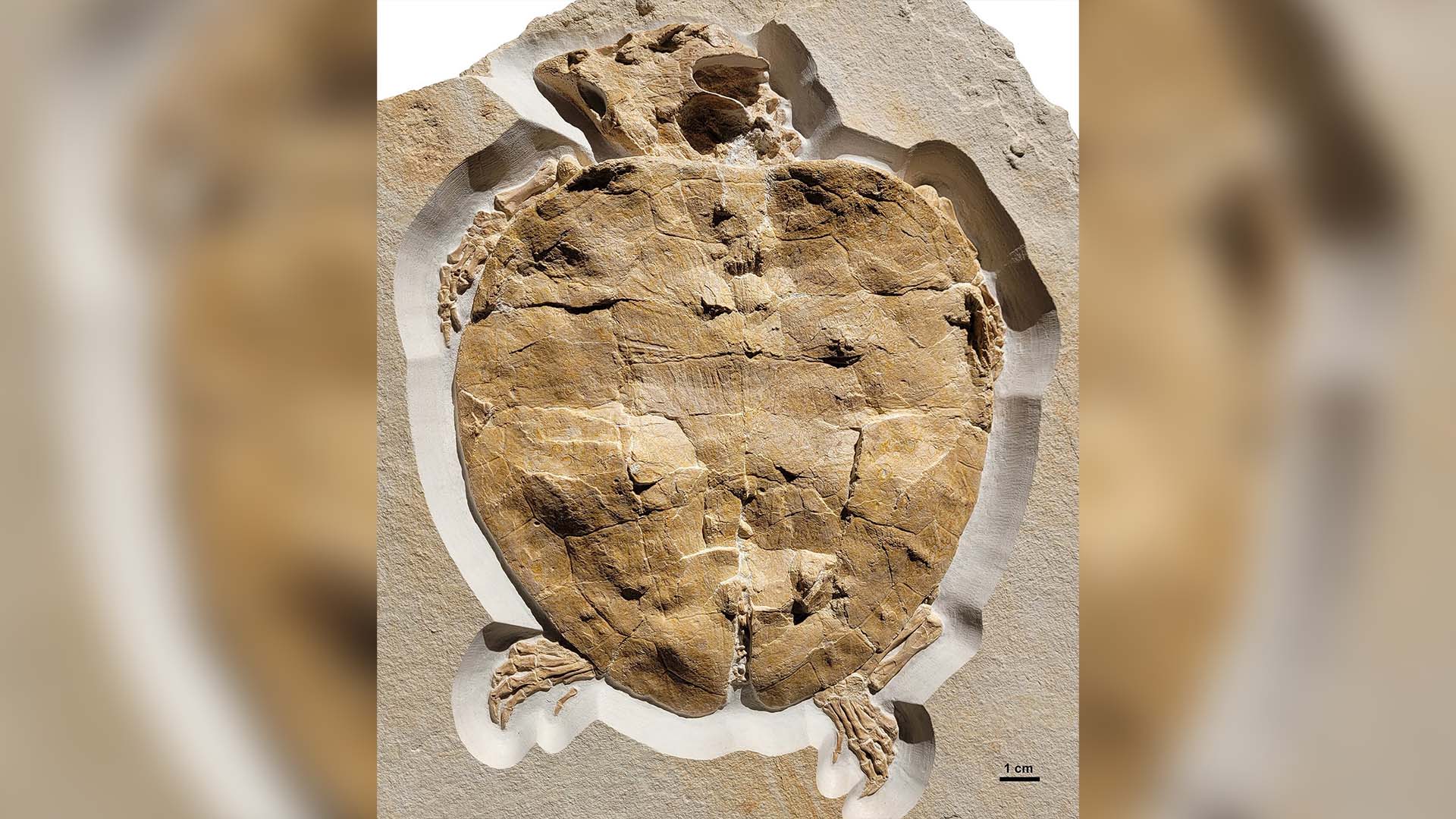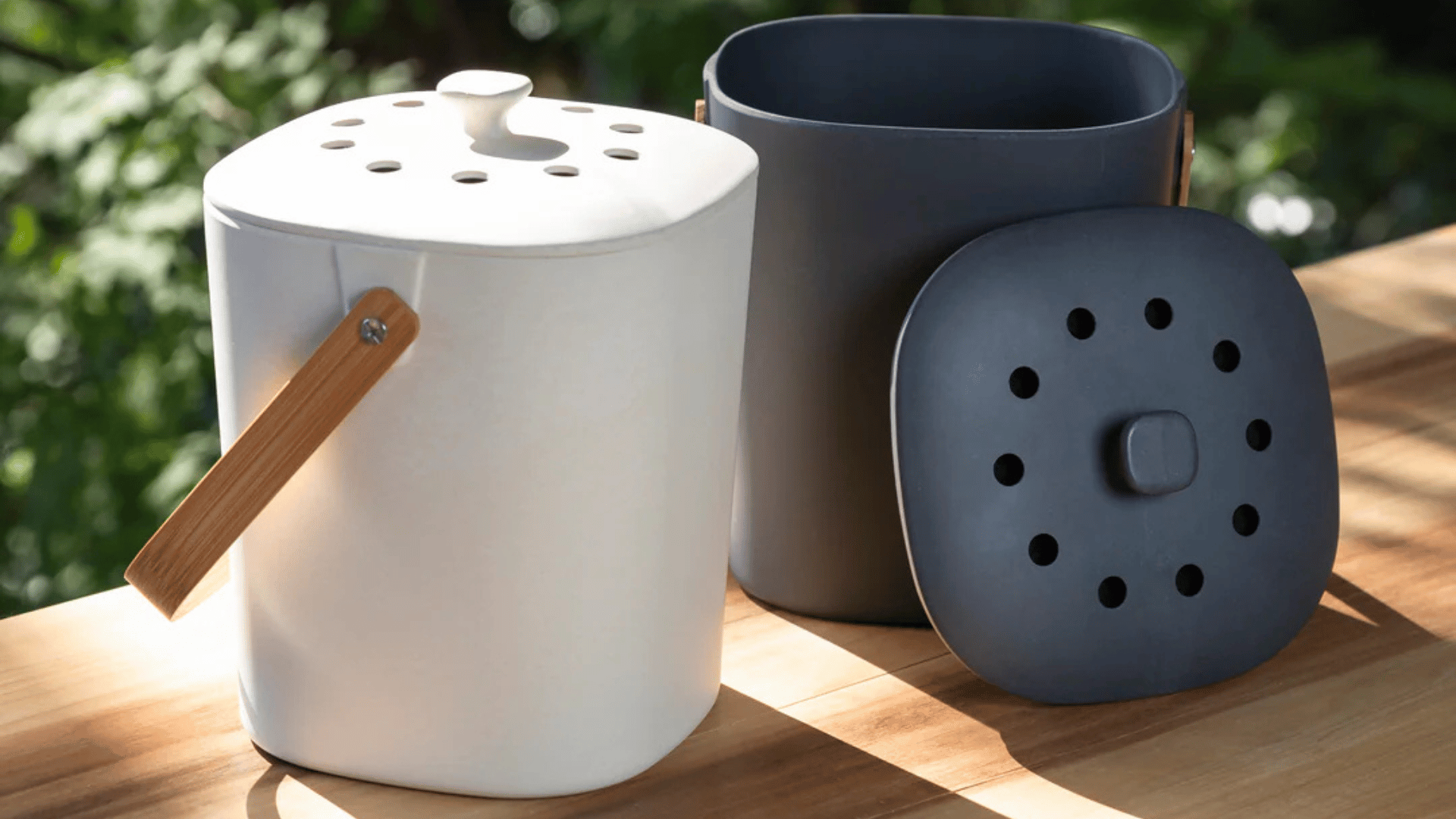A rescued and partially paralyzed green sea turtle named Charlotte is swimming easier with a custom 3D-printed harness created by a team of engineers, volunteers, and 3D printing experts.

Charlotte suffers from a serious injury known as “positive buoyancy syndrome” or “bubble butt syndrome,” which is when a turtle’s back flippers are partially paralyzed, and they’re forced to swim with their backside up instead of flat. This syndrome is typically caused by a strike from a boat and results in serious injuries to the turtle’s spine.
“For turtles in general, their spine runs directly underneath the shell,” Claire Bolster, an aquarist at the Mystic Aquarium and Charlotte’s current handler, stated to Popular Science. “So when turtles are hit by boats, most often the injuries go to their spines because it is directly connected. With the spine getting hit, the nerves to the gastrointestinal system also are impacted. They can also lose function of the rear flippers since those nerves are also damaged.”
When air gets trapped in the gastrointestinal system, it causes the turtle to swim in a direction perpendicular to the seafloor rather than straight ahead. Charlotte, for example, struggles to control his buoyancy while swimming because his rear flippers are partially paralyzed.
Charlotte arrived at the Mystic Aquarium in 2008 as a juvenile and has been kept there since. Sea turtles suffering from these types of injuries typically can’t be rereleased into the wild due to mobility issues.
To help with Charlotte’s mobility, Mystic Aquarium sought the expertise of Adia – a company that previously made custom orthotic boots for an African penguin at the aquarium. Adia also collaborated with the computational design team at New Balance Athletics on the project.

The team also worked alongside student and budding scientist Gabriela Queiroz Miranda, who had been working on a weighted belt for sea turtles with bubble butt syndrome while attending Minnetonka High School in Minnesota. Her design even won her the 2019 Naval Science Award, and she was a finalist for the Intel ISEF International Science Fair Award the same year.
Scientists customized the shell specifically for Charlotte, including his shell geometry, buoyancy challenges, and the viability of material implementation. The harness was made from Formlabs Nylon 11 CF Powder, a carbon fiber-filled material perfect for designs where an object needs to be strong and stiff yet also remain lightweight.
The harness is helping with mobility and also acting as a form of physical therapy for Charlotte. After wearing the harness for a few hours each day, his back flippers have begun to move a bit more, and his tail is beginning to straighten out a bit.
Researchers also noted that the harness appears to be helping Charlotte equalize his buoyancy while sleeping and swim a little more neutrally buoyant. The final goal of this project is to find a means for aquariums and rehabilitation centers to digitally create similar customized harnesses for their turtles.
“Engineering wise, I think it [this project] was a great reminder about usability,” Queiroz Miranda stated to Popular Science. “The users here are sea turtles and veterinarians, so the device has to be easy for the veterinarians–who are not engineers–to adjust as needed, and comfortable to actually improve the quality of life for the sea turtles.”







